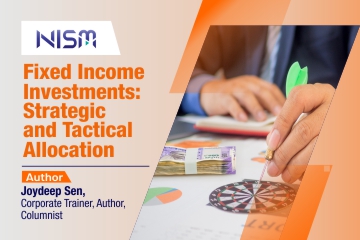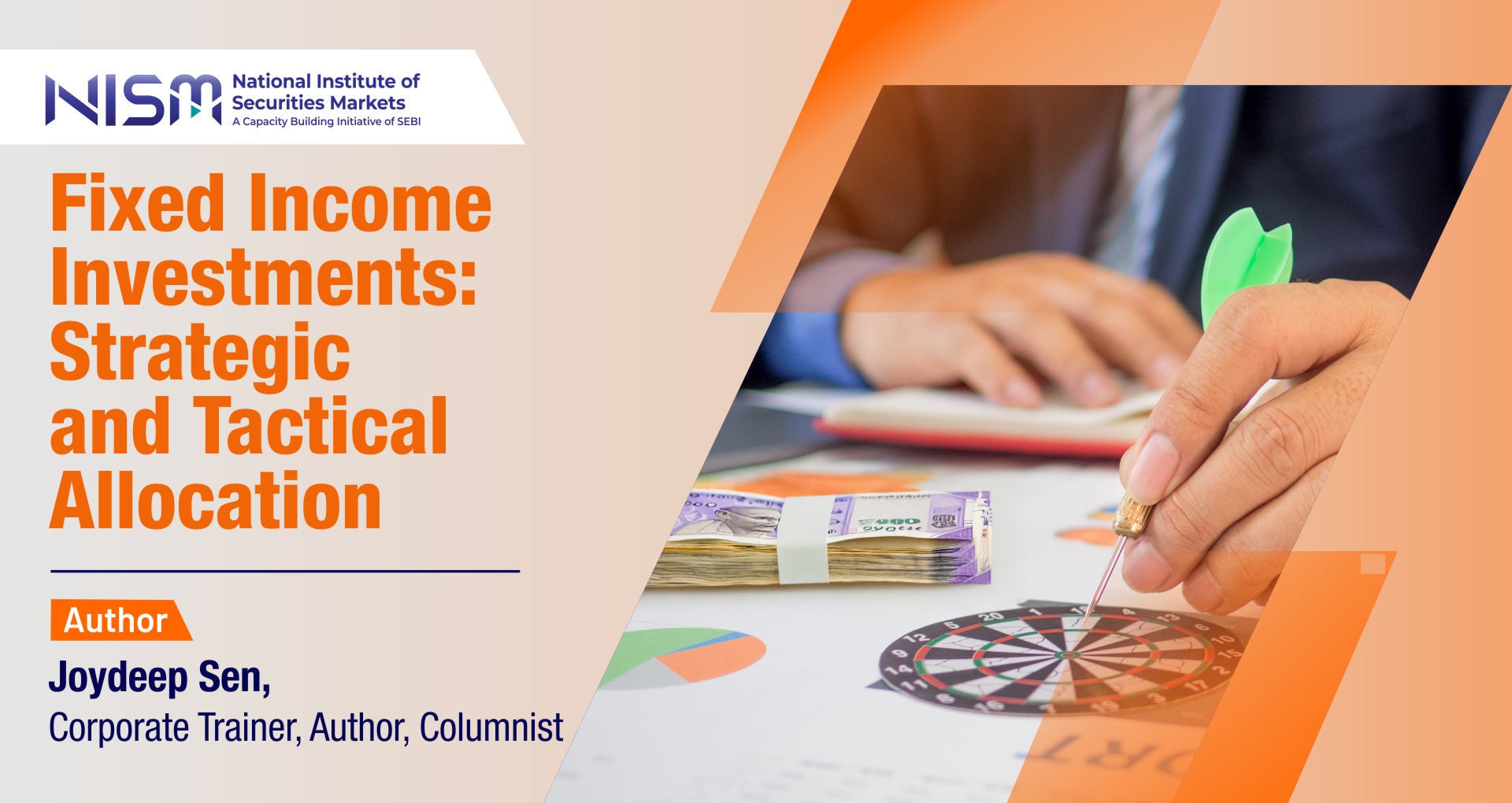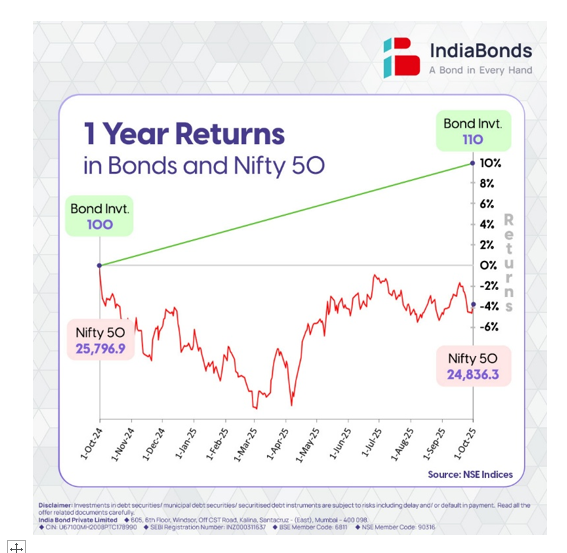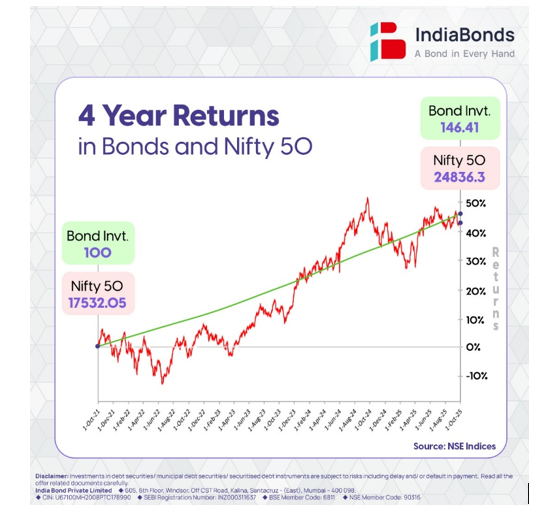
SIP and EMI: three-letter synonyms, but diametrically opposite
You are king of your money or slave to your expenses
SIP and EMI are similar in the sense a fixed amount hits your bank account every month on a given day. However, these two are vastly different: it is about your approach to managing your finances. In SIP, you are in control, you are saving and investing your money and will enjoy the fruits later, when you want. In EMI, you have spent the money, and you are bound by it – you do not have a choice but to foot the bill. Not just that, in SIP, you are getting the returns whereas in EMI you are paying the interest, apart from the principal.
Approach to your finances
In this discussion, when we mention EMI, we will keep purchase of house out of purview. This is the accommodation where you stay, not a second real estate for investment purposes. The home where you stay has emotional and other aspects attached to it, and there are a handful of reasons why you should purchase your residential property even on EMI. In this article, we are talking of other expenses on EMI such as purchase of expensive mobile phone, going on holiday, purchase of a better car when you have one, fancy wedding, etc.
It is important to have a balance in your expenses. We are not saying no to any of those purchases on EMI, but your life should not be based on the culture of buy-now-pay later (BNPL). You are earning money and should enjoy your life, but should not end up in a debt trap where you are struggling to manage your EMIs. A classic example of this debate between investment and enjoyment is that if you purchased the equity stock of Enfield thirty years ago, instead of buying a bike, the current value is many-fold higher and you would have earned handsome returns. On the other hand, the enjoyment you would have had from the bike at age thirty, you would not have at age sixty.
Having said that, at age thirty, if you binge on BNPL through EMIs or credit cards or other schemes, you become slave to your expenses. If a bad period befalls your job or business or profession, you will be in a soup. The ballpark guidance is, your EMIs should not exceed 40 percent of your net-of-tax income.
In SIP, you are saving from your monthly income and investing in suitable funds. You are earning market-based returns through the tenure of the SIP. If there is a cash-flow issue, you may not do one-or-two SIPs; the invested amount continues to earn. At the end of the tenure, you decide how you want to enjoy – purchase of a car or bike or foreign holiday. You are not taking any loan and you are king of your own money.
Illustration
You are considering a purchase of Rs 5 lakh, on EMI for five years. We will compare EMI and SIP for five-year tenure. On SIP, there would be inflation as well, as you will purchase that item after five years. Let us assume inflation at 5 percent per year. Post inflation, the cost becomes Rs 6.38 lakh. We are assuming a rate of return (in SIP) and rate of interest (in EMI) of 12 percent per year, for simplicity.
| Equated Monthly Instalments | |
|---|---|
| Your cost Rs | 5 lakhs |
| Rate of Interest % | 12 /year or 1 /month |
| Tenure | 5 years (60 months) |
| Time of payment | end of month |
| EMI Rs / month | 11,122 |
| Computation of EMI in Excel | |
|---|---|
| PV | 5,00,000 |
| Rate | 1.0% |
| NPER | 60 |
| Type | 0 |
| FV | 0 |
| PMT | ? |
| PMT | ₹ -11,122 |
Explanation of the computation:
PV is present value, which is Rs 5 lakh
Rate of interest we have taken at 1 percent per month
NPER is the number of instalments, which is 5 X 12
Type 0 means payment at the end of the month
FV is future value, which is nil as you have paid back the loan
PMT is the PMT formula in excel, which gives us the final output.
| Systematic Investment Plan | |
|---|---|
| Your future cost Rs | 6.38 lakh |
| Rate of return % | 12 /year or 1 /month |
| Tenure | 5 years (60 months) |
| Time of payment | beginning of month |
| SIP Rs / month | 7,736 |
| Computation of SIP in Excel | |
|---|---|
| PV | 0 |
| Rate | 1.0% |
| NPER | 60 |
| Type | 1 |
| FV | 6,38,141 |
| PMT | ? |
| PMT | ₹ -7,736 |
Explanation of the computation:
PV is present value, which is nil as you are starting from scratch
Rate of return we have taken at 1 percent per month
NPER is the number of instalments, which is 5 X 12
Type 1 means payment at the beginning of the month
FV is future value, which is Rs 6,38,141 post inflation
PMT is the PMT formula in excel, which gives us the final output.
Observation from the calculations
In EMI, you are satisfying yourself today, by preponing the purchase. However, you are paying interest, apart from the principal, over the next five years. Your monthly outgo is Rs 11,122 and you end up paying Rs 6.67 lakh. In SIP, you are postponing your purchase for five years, hence the cost goes up due to inflation. Even then, you are earning on your instalments, by virtue of which your monthly outgo is Rs 7,736 and your principal amount is Rs 4.64 lakh.
Conclusion
With changing value systems, more and more people, particularly the younger generation, are leaning towards BNPL. There is nothing wrong in enjoying your life, but if you become a slave to it, the enjoyment would be impacted.
Article originally published in the Economics Times.
Author: Mr. Joydeep Sen, Corporate Trainer, Columnist





















